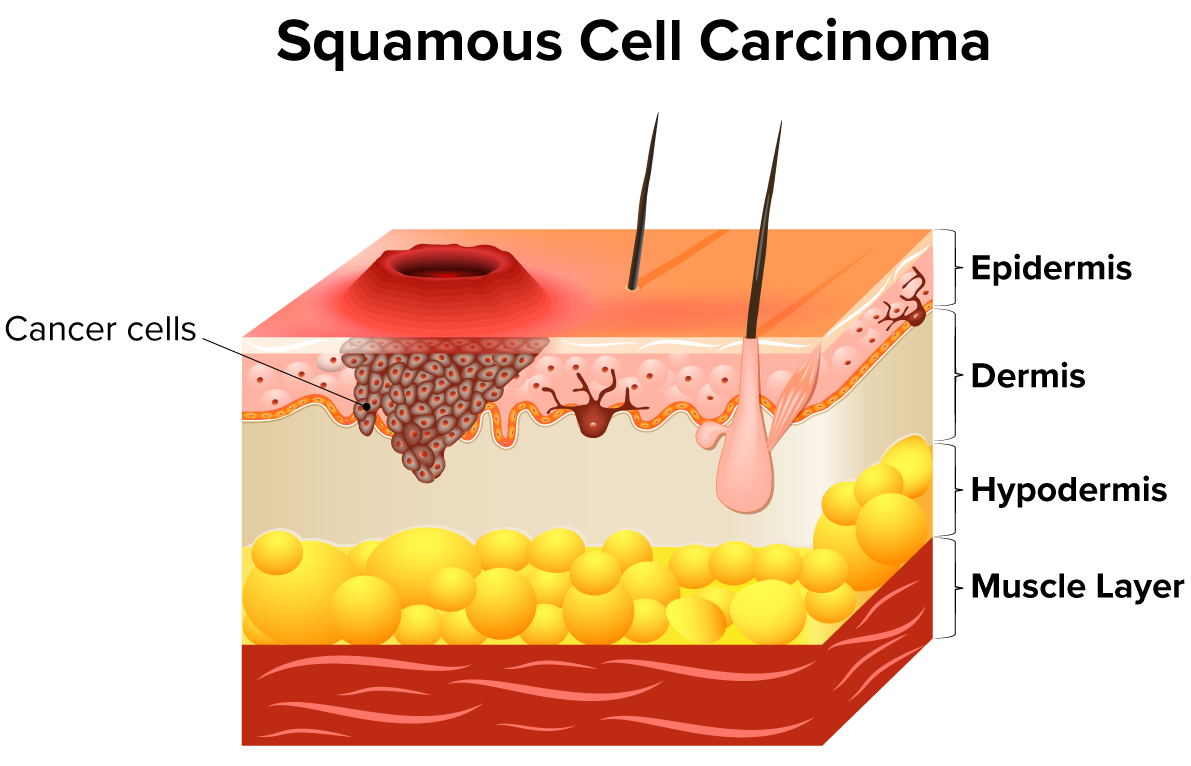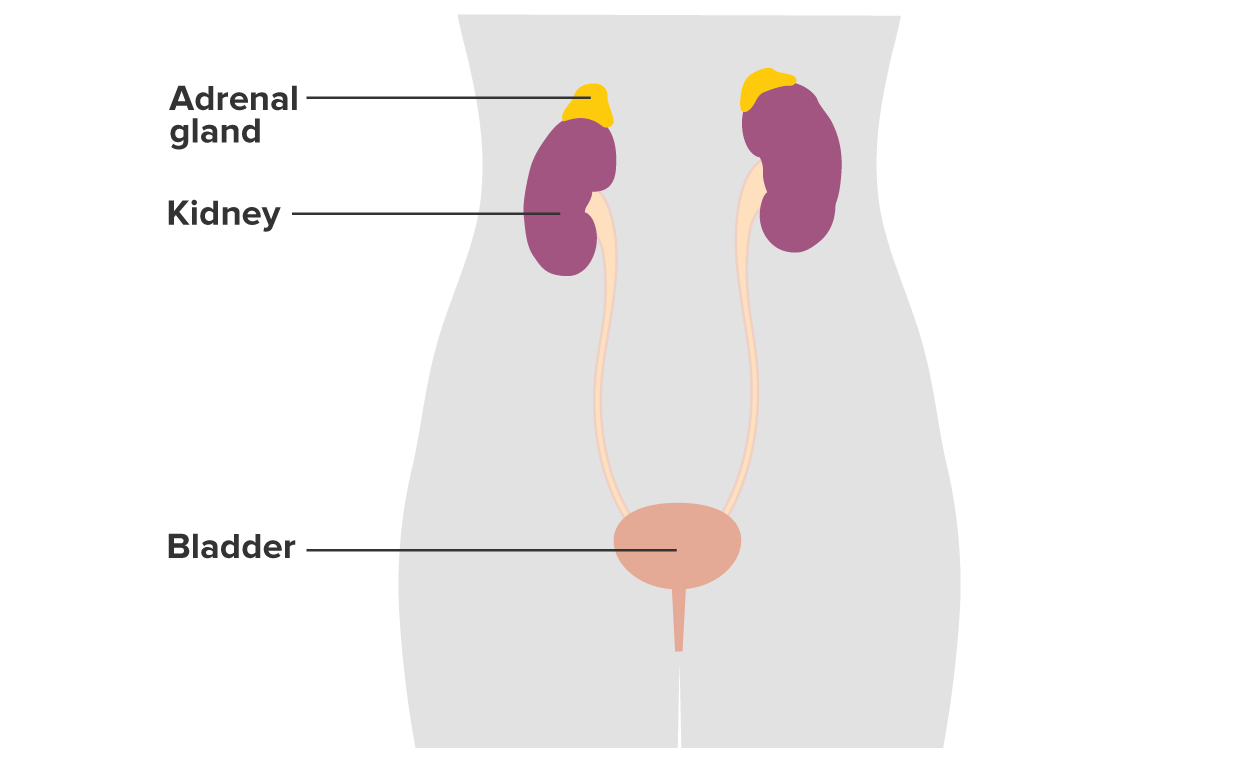Table of Contents |
You were previously introduced to root words and combining forms. Remember, a root word is the foundation of a medical term that provides its core meaning. A combining form is a root word plus a combining vowel (usually "o"). Combining forms are used to make pronunciation easier. They are used to combine roots with suffixes or other roots.
Remember that all medical terms have at least one word root.
There are general rules for using root words and combing forms in word formation. For example, root words must be combined with suffixes or other roots to form complete terms. Do not use a root word by itself.
There are some other rules that you learned in an earlier lesson. Let’s look at them again with examples.
Arthr/o + -itis → Arthritis (inflammation of a joint)
Arthr/o + -plasty → Arthroplasty (surgical repair of a joint)
Append + -ectomy → Appendectomy (removal of the appendix; NOT appendeoectomy)
Cardi + -ac → Cardiac (Related to the heart; NOT cardioac)
Path + -ology → Pathology (Study of disease, example of disease, medical specialty; NOT pathoology)
Oste/o + arthr/o + -itis → Osteoarthritis (inflammation of the bones and joints).
Gastr/o + enter/o + -logy → Gastroenterology (study of the digestive tract).
Hyster/o + salping/o + -gram → Hysterosalpingogram (X-ray of the uterus and fallopian tubes).
However, a few exceptions exist. This happens if dropping the second combining vowel improves pronunciation.
Using the rules above, you can construct and break down a wide variety of medical terms that include combining forms.
IN CONTEXT
Here are some examples of complex words that can be broken down into parts.
- Electrocardiogram: Electr/o (electricity) + cardi/o (heart) + -gram (record) → Record of the heart’s electrical activity.
- Neuropathy: Neur/o (nerve) + -pathy (disease) → Nerve disease.
- Gastroesophageal: Gastr/o (stomach) + esophag/o (esophagus) + -eal (pertaining to) → Pertaining to the stomach and esophagus.
- Otolaryngology: Ot/o (ear) + laryng/o (throat) + -logy (study of) → Study of the ears, nose, and throat (ENT).
There are many common root words that are good to know. The expandable table below summarizes examples of some important root words and you will learn many more as you work through this course.
The expandable tables below give examples of root words for body systems and organs; body fluids and substances; conditions, functions, or actions; and directions or positions.
Note that sometimes there is more than one word part with the same or a similar meaning. This is often because the word parts have different origins. In this table, word origins for those terms are specified to illustrate this point.
In this section, we will review examples of root words broken up by categories. The first category is root words for body systems and organs. Some examples are below.
Hepat/o (liver) → Hepatology (study of the liver).
Oste/o (bone) → Osteology (study of bones).
Pulmon/o (lungs) → Pulmonology (study of the lungs).
| Root Words for Body System and Organs | |||
|---|---|---|---|
| Root Word | Meaning | Example | Definition |
| Cardi/o | Heart | Cardiology | Study of the heart; medical specialty focusing on the heart and cardiovascular system |
| Nephr/o (from Greek/new Latin); Ren/o (from French/late Latin) | Kidney | Nephritis | Inflammation of the kidney |
| Hemat/o | Blood | Hematology | Study of blood; medical specialty focusing on blood |
| Gastr/o | Stomach | Gastroscopy | Visual examination of the stomach (performed using a flexible tube with a camera) |
| Hepat/o | Liver | Hepatitis | Inflammation of the liver |
| Ocul/o | Eye | Oculomotor nerve | A nerve involved in eye movement |
| Oste/o | Bone | Osteoporosis | Condition in which bones become weak and brittle and are at increased risk of breaking/fractures |
| Pulmon/o, Pneum/o | Lung | Pulmonology | Study of lungs; medical specialty focusing on lung conditions |
| Derm/o (New Latin from Greek), Dermat/o (Greek); Cutane/o (French from new Latin) | Skin | Dermatology | Study of the skin; medical specialty focusing on the skin |
Next, consider some root words for body fluids and substances. These include essential fluids such as blood, which you are likely to need to reference often. Blood and urine tests (like urinalysis) are very frequently used in medical settings, and you also need to use these terms to refer to medical conditions such as hemophilia (a bleeding disorder) and hematuria (blood in the urine).
Hepat/o (liver) → Hepatology (study of the liver).
Lymph/o (lymph) → Lymphedema (build up of lymph fluid).
| Root Words for Body Fluids and Substances | |||
|---|---|---|---|
| Root Word | Meaning | Example | Definition |
| Hem/o (Latin, from Greek), Hemat/o (Latin, from Greek) | Blood | Hemorrhage | Excessive bleeding |
| Lymph/o | Fluid in the lymphatic system | Lymphedema | Swelling due to lymph fluid |
| Ur/o | Urine | Urology | Study of the urinary system; medical specialty focusing on the urinary system |
| Chol/e | Bile | Cholecystectomy | Removal of the gall bladder (note that “chol/e is for bile, “cyst” is for bladder, and -ectomy is removal; the gall bladder stores bile) |
The next set of word roots are used often as well. For example, a pathologist is a medical specialist who interprets test results. For example, a pathologist may examine slides from biopsies to determine if cancer cells are present. There are different types of pathologists who specialize in different types of tests. A toxicologist studies the effects of toxins (harmful substances/poisons).
Additional examples are below with short definitions (see the glossary for more detailed definitions).
Path/o (disease) → Pathology (study of the disease).
Tox/o (poison/toxin) → Toxicology (study of poisons/toxins).
| Root Words Conditions, Functions, or Actions | |||
|---|---|---|---|
| Root Word | Meaning | Example | Definition |
| Path/o | Disease | Pathology | Study of disease |
| Carcin/o | Cancer | Carcinoma | A type of malignant tumor that forms in epithelial tissue (tissue that forms linings, such as the outer layer of skin and the inner lining of the digestive tract) |
| Tox/o | Poison/toxin | Toxicology | Study of poisons/toxins |
| Therm/o | Heat | Thermometer | Device for measuring heat |
The image below shows a carcinoma. This is a type of malignant cancer that develops in epithelial tissue, meaning tissue that covers and protects (like the outer layer of skin). The image shows a specific type of carcinoma in skin. Note the word parts: carcin (cancer) + oma (growth, often a tumor).
This specific example is squamous cell carcinoma, which is one type of carcinoma. Carcinomas develop in epithelial tissue, which is tissue that forms linings. The image below shows epithelial tissue (the outer layer of skin) above deeper skin and muscle. A carcinoma in the outer layer of skin is growing into deeper layers.

You will also regularly use root words for directions and positions. For example, you may need to specify whether a problem is present on one side (unilateral) or on both sides (bilateral). You will learn much more about body positions, directions, and regions in other lessons.
| Root Words for Directions and Positions | |||
|---|---|---|---|
| Root Word | Meaning | Example | Definition |
| Later/o | Side | Bilateral | Having two sides; referring to both sides; referring to paired organs (one on each side) |
| Medi/o | Middle | Mediastinum | Area in the center of the chest |
| Dextr/o | Right | Dextrocardia | Heart positioned to the right |
| Sinistr/o | Left | Sinistrocular | Left eye dominance |
In the illustration below, note that the kidneys are located bilaterally (one on each side).

As you get used to using medical terms, pay particular attention to common mistakes and terms that can be easily confused. With increasing practice, forming words accurately will feel natural and you will get used to noticing errors intuitively. Try writing medical terms, reading medical documents, and using flashcards and other resources to get as much experience with terms as you can.
Here are some examples of common mistakes associated with using combining forms and root words.
Dropping the combining vowel when it's needed.
Incorrect: Gastrenterology → Correct: Gastroenterology (because “-enterology” starts with a consonant).
Incorrect: Mypathy → Correct: Myopathy (because “pathy” starts with a consonant).
Adding an unnecessary combining vowel.
Incorrect: Nephroitis → Correct: Nephritis (because "-itis" starts with a vowel).
Incorrect: Arthroitis → Correct: Arthritis (because "-itis" starts with a vowel)
Confusing similar-looking root words.
Nephr/o (kidney) vs. Neur/o (nerve).
Arthr/o (joint) vs. Ather/o (fatty plaque).
| Term | Definition | Audio |
|---|---|---|
| Osteoarthritis | Inflammation of the bones and joints |
|
| Gastroesophageal | Pertaining to the stomach and esophagus |
|
Source: THIS TUTORIAL HAS BEEN ADAPTED FROM “OPEN RN | MEDICAL TERMINOLOGY – 2e” BY ERNSTMEYER & CHRISTMAN AT OPEN RESOURCES FOR NURSING (Open RN). ACCESS FOR FREE AT https://wtcs.pressbooks.pub/medterm/ LICENSING: CREATIVE COMMONS ATTRIBUTION 4.0 INTERNATIONAL.
REFERENCES
Merriam-Webster. (n.d.). Renal. In Merriam-Webster.com dictionary. Retrieved April 13, 2025, from www.merriam-webster.com/dictionary/renal
Merriam-Webster. (n.d.). -nephros. In Merriam-Webster.com dictionary. Retrieved April 13, 2025, from www.merriam-webster.com/dictionary/-nephros
Merriam-Webster. (n.d.). Derm. In Merriam-Webster.com dictionary. Retrieved April 13, 2025, from www.merriam-webster.com/dictionary/derm
Merriam-Webster. (n.d.). Dermat-. In Merriam-Webster.com dictionary. Retrieved April 13, 2025, from www.merriam-webster.com/dictionary/dermat-
Merriam-Webster. (n.d.). Cutaneo-. In Merriam-Webster.com dictionary. Retrieved April 13, 2025, from www.merriam-webster.com/dictionary/cutaneo-
Merriam-Webster. (n.d.). Hem. In Merriam-Webster.com dictionary. Retrieved April 13, 2025, from www.merriam-webster.com/dictionary/hem
Merriam-Webster. (n.d.). Hemat-. In Merriam-Webster.com dictionary. Retrieved April 13, 2025, from www.merriam-webster.com/dictionary/hemat-